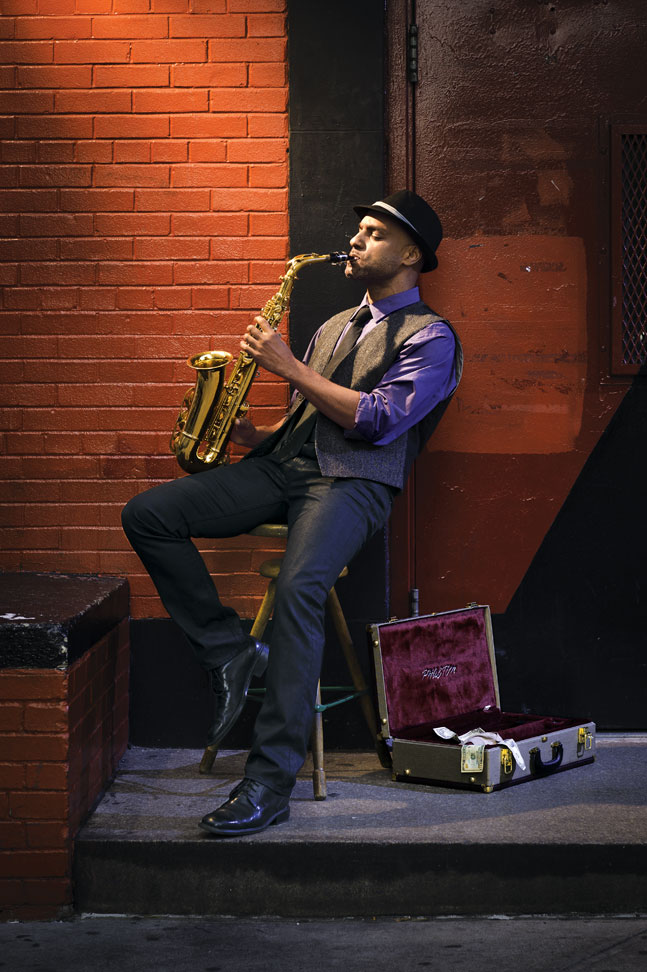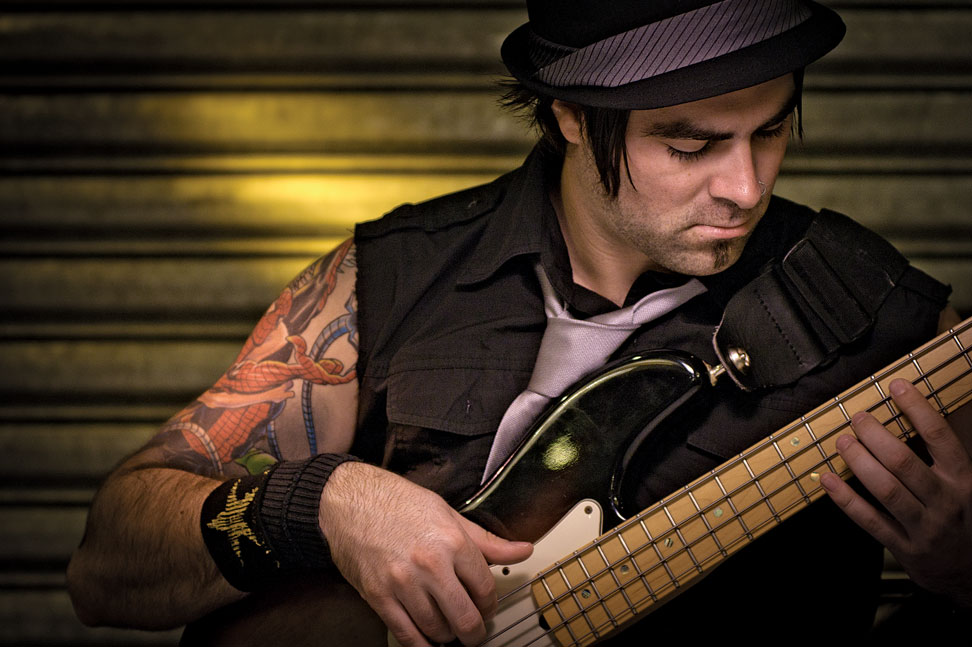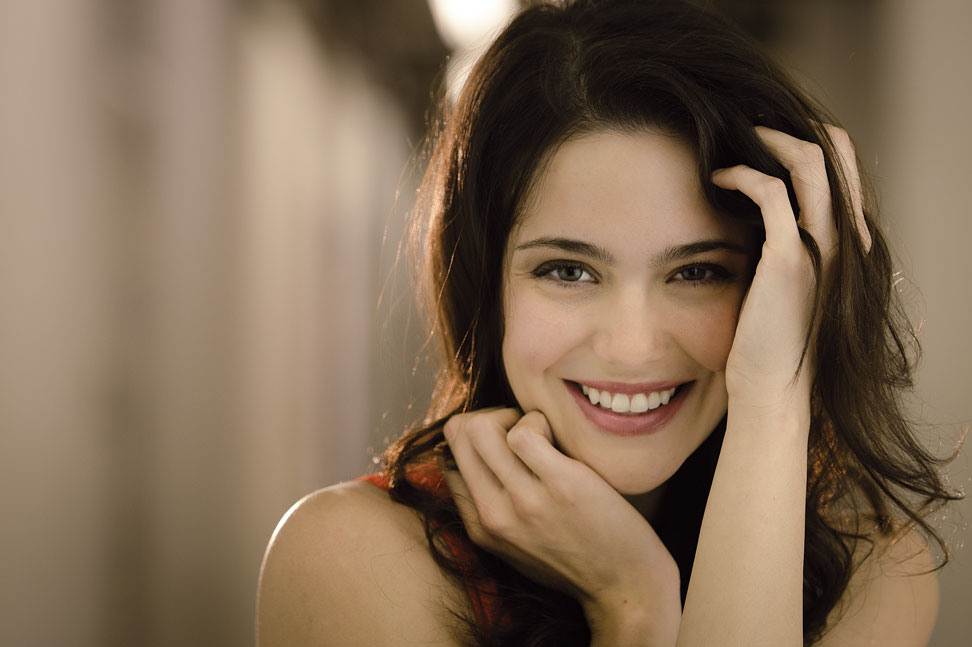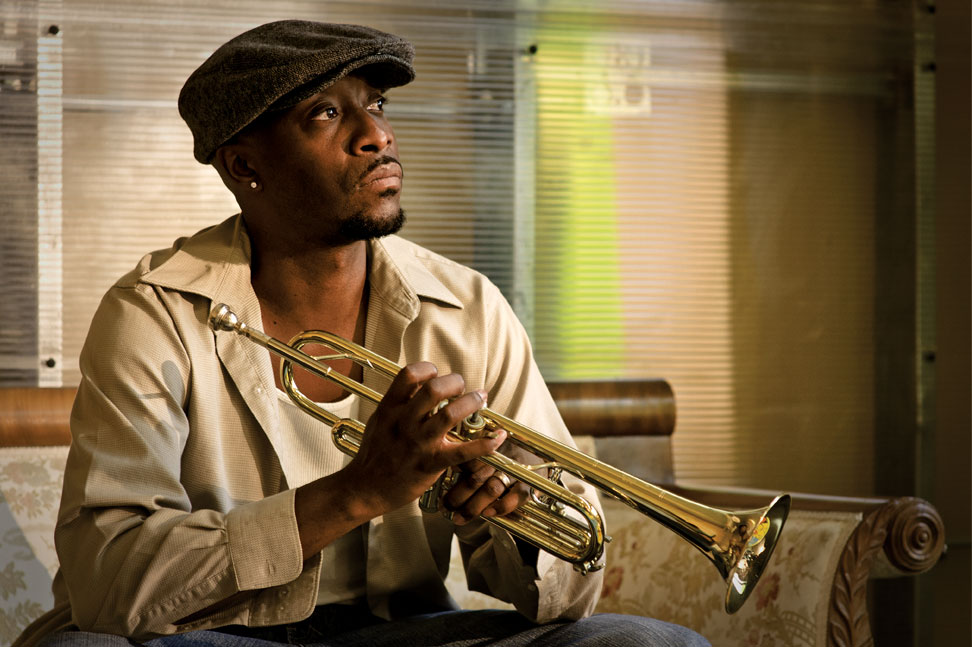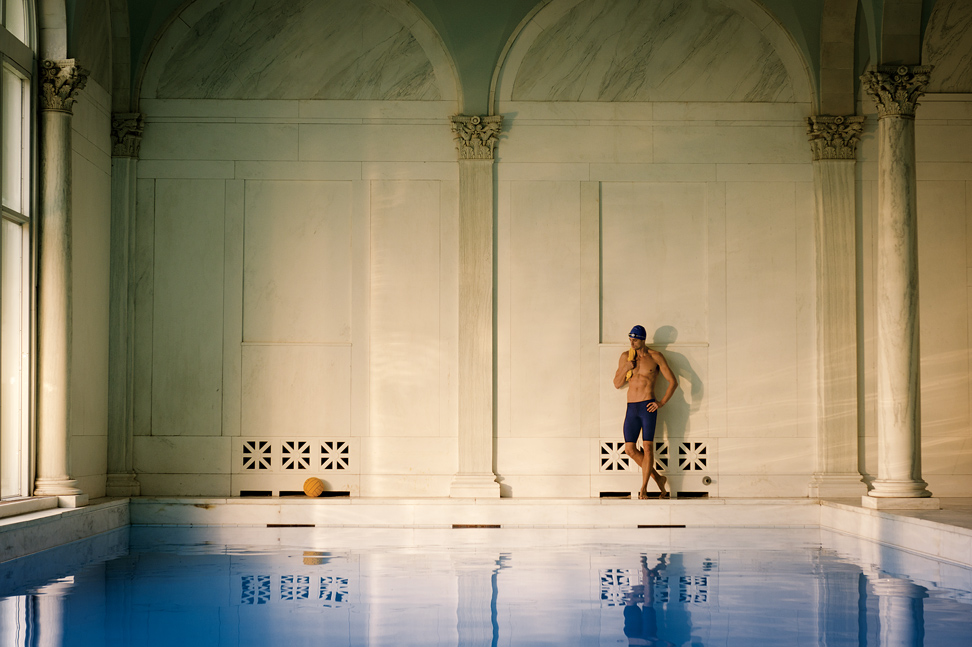What it Takes
First, it takes observation. “Let’s say I’m driving down the street and I see some interesting light effects happening,” David X. Tejada says. “I realize that what I’m seeing is sunlight bouncing off the windows of nearby buildings. That’s an effect I might want in a picture someday, but how I’ll get it won’t necessarily have anything to do with sunlight or windows or buildings; it will have everything to do with me figuring out how to duplicate the look and the effect of that light.”
That’s the key to how David works with his Nikon Speedlights. He doesn’t set out to imitate natural light; rather, he aims to imitate, or duplicate, what natural light does in a scene.
“I’m not going to try to duplicate, for example, dappled light coming through trees. I want to duplicate what dappled light looks like when it gets through the trees.”
Although David has been working with flash for over 30 years, things are very different these days. “I don’t carry my studio strobes anymore,” he says. “I’m strictly Speedlights, and I find I’m much more creative and much more spontaneous, and I’m producing much better work with the small lights and modifiers.” Among the modifiers are softboxes, barndoors, grids, snoots, Cinefoil, acetate sheets, silks—in other words, “whatever it takes to get the job done.”
Before you check out the details of what it took to make the photos you see here, a few more words about observation. “When I see interesting natural light,” David says, “I’ll remember the effect, and I’ll practice with my Speedlights to recreate the look of that light. Once I’ve done that, I can use the effect any time I want to.”
Archer. “Three SB-800s here, one overhead and in front of the model in a LumiQuest softbox, two to the rear of the scene, one eft and one right, fitted with Cinefoil to direct the light and both with CTO [color temperature orange] gels. Cinefoil is thick, black tinfoil that you wrap around the head of the flash, gaffer-tape it on and shape it to direct the light.”
Sax Break. [on cover] “For this photo I needed open shade so my Speedlights would overpower the ambient light, making it look like the daylight didn’t exist, giving the scene a nighttime look. The SB-900 on a stand to the right-hand side had a CTB [color temperature blue] gel over it, and I shot this picture with a daylight white balance setting on the camera. I needed to make the light from the right-side SB-900 look cooler so it would resemble light coming from the doorway—that’s why the blue gel. Another SB-900 was on a tall stand at the upper left corner; no gel on that one, but the head was zoomed to 200mm so the falloff of light would give me that shadow on the brick wall.”
Trio for Bass. “Three SB-800s light this one. One is aimed at the wall behind him, and it has a Cinefoil snoot and a CTO gel on it. A second SB-800, also with a Cinefoil snoot, highlights his tattoo, and the third flash, in a LumiQuest softbox, is just out of frame above and in front of him. I had a fill card just below him to bounce some light from the third flash back up into his face.”
Bounce Passage. “I had an SB-900 on a stand three feet in front of her on the left-hand side shooting light onto the wall on the right side. The flash had a foam flag [a gobo made of flexible, black craft foam] attached to the side closest to the model to prevent any of its raw light from striking her. When you’re doing a proper bounce technique, none of the light from the originating light source, in this case the strobe on the left, should reach the model; it should all come off the surface you’re bouncing into, in this case the righthand wall. In effect I’ve taken my small light source and by bouncing it into the wall I’ve created a light source that’s eight feet by ten feet; and the larger the light source, the softer the quality of the light.
“The light is coming from well out in front of her, so the question is, how do I know where to bounce it? I had her stand where she is, and I put my back flat against the ‘bounce’ wall and then walked along the wall, moving away from her, all the time looking back at her. When I could see the far side of her face, I knew the point at which I was standing was where I needed to bounce the light.
“There’s a second light source here as well—an SB-900 behind her, along the wall on the left side, firing toward me on an angle. It has a CTO gel on it to warm the light. The hall lights were fluorescents, so the camera’s white balance was set to fluorescent, and both SB-900s had plus green gels to balance the fluorescent lights.”
Trumpet Solo. “Another image in which the effect of sunlight is the goal, and it’s achieved with only one Speedlight—an SB-800 outside a window to camera right. The Speedlight was fitted with a CTO gel to give the image the look of warm afternoon light, and I shot through a small piece of patterned acetate to give the light its dappled look.”
Pool Room. “It was an overcast, rainy day, so outside the window I set two SB-900s on a stand, the heads fastened together, one exactly on top of the other, so they’d cast only one shadow. Both SB-900s were set for one-quarter power—and that was it for light sources in the picture. I mixed ambient and flash, with my shutter speed [1/125 second] controlling the ambient light, the aperture [f/4] controlling the flash portion. The camera’s built-in flash controlled the output of the Speedlights. That’s what’s brilliant about the Nikon Creative Lighting System: I can speak to my Speedlights from my camera position. And with digital, I see immediately what I’m getting so I can make quick changes.
“The dappled look of the light on the righthand side of the back wall happened because I fired the SB-900s through an acetate sheet I taped to the window. I’d used a rubber stamp tool from a craft store and permanent ink to put a leaf pattern on the acetate. It was one of those observe and imitate things. The sharpness of the shadow was determined by the distance of the flash to the acetate—the farther away the flash, the harder the shadow.”
Construction Work. “I think the photographer’s job is to guide the viewer’s eye through the picture, and I do that with light.
“Here your eye is going to go to the brightest thing in the frame—my assistant in construction gear. I used three SB-800s—two near the front of the concrete I beam, but far enough back so they don’t light the front of it, and the third flash next to the Speedlight on the left side but pointed at my assistant. That’s the light that draws your eye. I had CTO gels on all three strobes, with the two front SB-800 Speedlights fitted with the plastic diffusion domes that come with the flash to spread the light and even it out.”
You can see many more results of David’s flash mastery as well as his natural-light images at his website, www.tejadaphoto.com.



